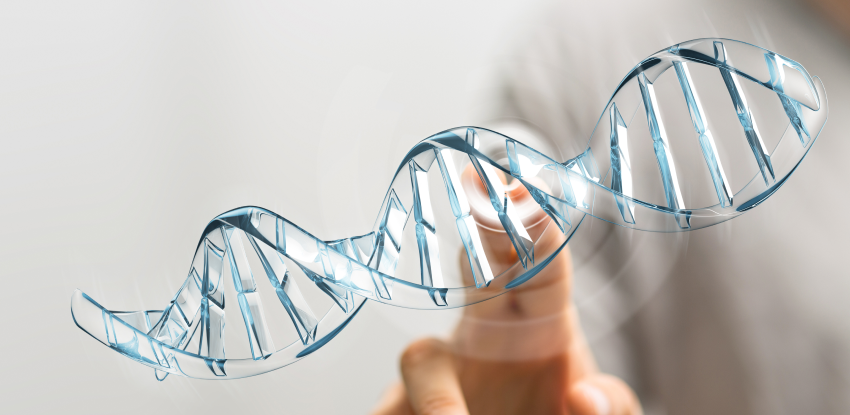RYR-1-Related Diseases

Overview
RYR-1-Related Diseases (RYR-1-RD) are inherited forms of muscle disease resulting in a wide range of symptoms, including muscle weakness, a potentially fatal reaction to general anesthesia (malignant hyperthermia), and rhabdomyolysis. Individuals are born with RYR-1-RD, inheriting a defective variant(s) (mutation(s)) from one or both parents, or a spontaneous variant(s) (de novo). Variants or changes in the RYR1 gene are the most common cause of congenital muscle disease.
The RyR1 receptor is a channel in muscle cells that regulate the flow of calcium, a critical component of muscle contraction. A reduced number and/or abnormal RyR1 channels lead to dysfunctional muscle contractions. There are a wide range of symptoms of RYR-1-RD, but they are typically either non-progressive or very slowly progressive. To learn more about RYR-1-RD, please visit the Clinical Care Guidelines: What Patients & Families Need to Know About RYR-1-Related Diseases.
Symptoms
Common symptoms include weakness of the eye muscles and generalized muscle weakness, typically affecting the muscles closest to the torso of the body. Some individuals experience malignant hyperthermia, muscle cramping and pain, difficulties exercising, and heat intolerance. There are typically no heart problems and intelligence is not affected.


Breathing Problems
Breathing problems associated with RYR-1-RD can range from non-existent to severe and are due to weakness in the muscles of the chest wall. Mild breathing problems can include sleep apnea (stop breathing while asleep), requiring breathing support during sleep. Severe breathing problems require continuous support.


Malignant Hyperthermia
Changes in the RYR1 gene have also been associated with malignant hyperthermia, a severe and potentially fatal reaction to certain types of anesthesia (drugs given by doctors for medical/surgical procedures). Anyone with an RYR1 genetic abnormality should take “malignant hyperthermia precautions” if anesthesia is required for a medical/surgical procedure.


Diagnosis
RYR-1-RD are diagnosed with genetic testing. In addition, a muscle biopsy can be performed, which allows doctors to examine the muscle under the microscope and look for changes at a cellular level that may be associated with RYR-1-RD. MRI also allows the doctors to look for characteristic changes in the muscle at a structural level.


"RYR-1-Related Diseases"
is now an entry on the National Organization for Rare Disorders (NORD) Rare Disease Database.

NORD gratefully acknowledges Joshua J. Todd, PhD, CCRP, National Institutes of Health, Michael F. Goldberg, MD, MPH, Co-Founder and President, The RYR-1 Foundation, Robert T. Dirksen, PhD, University of Rochester, and Nicol C. Voermans, MD, PhD, Radboud University (The Netherlands), for the preparation of this report.
To read the report written for NORD:

